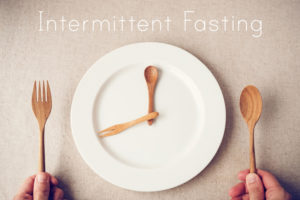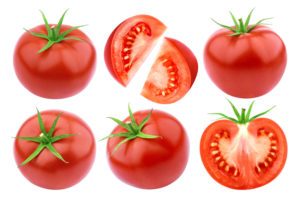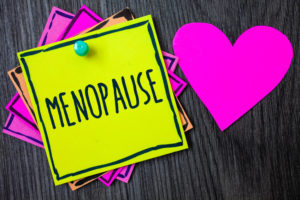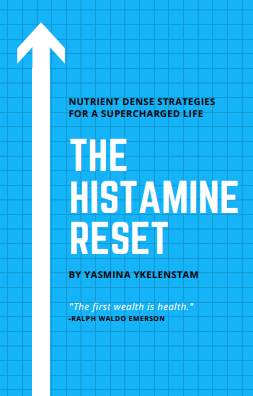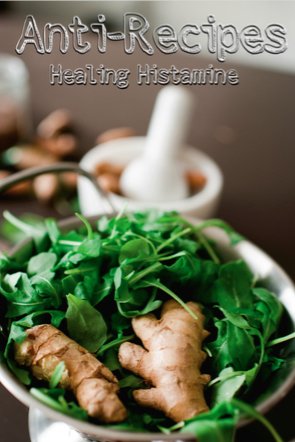
Even daily functioning can be difficult with histamine-induced brain fog and memory difficulties. While all that should improve as you heal and balance your body, here are some strategies for beating brain fog while working on it.
MNEMONICS
Other mnemonics (memory devices) include attaching an image in your mind to a name. Picture someone named Bob bobbing for apples, someone named Susan holding a black-eyed-susan flower, someone named Jim at the gym, someone named Yasmina holding Jasmine flowers. I used this for years while working as a journalist and it never failed me.
Another idea may be the use of a song. For the name John… the kids’ song, “John Jacob Jingleheimer Schmidt” or for Betsy, “Sweet Betsy from Pike.” Melodies tend to help us remember words, so this is a really great one. And hey, it’s kind of fun.
MY BRAIN IS FLUORESCENT
This might seem super obvious but my home is wallpapered with all shapes and sizes of post its. Though my brain fog only manifests once in a while, I do seem to have attention problems (also known as trying to do a million things at once), so these are a lifesaver.
I put them on my bathroom mirror, refrigerator, and the cute little ones go on my laptop. I love getting the task done and crumpling them up — it’s super satisfying.
When in a long distance relationship, I adore leaving little post its all over the house to be discovered. I leave nutrition tips, little quotes, jokes and other such cuteness.
DUDE WHERE’S MY CAR?
If you have difficulty remembering where you parked your car when you go into a store, try this: take a photo with your smartphone. Take a picture of a unique stationary object nearby your car so that you’ll know what to look for when you come back out. You can even include the level and row of the parking ramp so you know which elevator to take.
Or, if there are a few things you need to remember to do or take when leaving the house, take a picture of the space heater or coffee maker or iron — the first moment you think of it. That extra step will make you more likely to remember in the first place, and otherwise, you can check your phone to see what else was left to do.
WATCH THE WATCH

I’ve relied on placing my watch on the opposite hand for years. Unfortunately, I’ve also often wished I had left a post it somewhere reminding me what on earth it was supposed to remind me to do.THE ELECTRONIC DICTATOR
The alarm/alert function on smartphones is a really easy and handy way to remind yourself of anything. You may have supplements you take on a regular schedule; try scheduling it on your phone and setting up alerts.
Or perhaps you have to pick up a child at school or a client at the airport. Set up a reminder that gives you plenty of time to wrap up what you’re doing and head out the door.
There’s also a great app on the iPhone called “Reminders” which allows you to create to do lists but also add locations so that you’re notified when it might be convenient to do the drug store run while you’re on your way somewhere else.
NOTES ON SMARTPHONE
Another way you can keep track of your daily tasks is the “Notes” function on your smartphone. Generally, you’re going to have your smartphone with you, wherever you go. Now you can make sure your list follows you around as well. You can add to it at any time and check it anytime you need to.
If you don’t have a smartphone, buy a little paper notebook and carry it with you. Add to it throughout the day, and even make notes for tomorrow. It can be quite small and fit in your pocket.
This also works well for meeting people. You can jot down a few notes about someone new you want to remember on your smartphone notepad or paper notebook. Later, read through it again. This will help strengthen those new connections in your brain.
Thankfully as a journalist I always had a reason to be doing this, and even better, a cameraman recording answers so I didn’t have to remember them. I have no shame now at whipping out my phone or notepad to write something down. It’s more important to me to remember stuff than care what people think.
ADDRESS the source
Start working on lowering your inflammatory load. Adopt a low histamine diet and include plenty of antihistamine foods and teas. Removing triggering foods for a while is really important to get started. Then add in some lifestyle changes to help your brain stay calm and relaxed (and not so inflamed).
Some supplements that may work include mangosteen, ashwagandha, bacopa, Neuroprotek (quercetin, rutin and luteolin).
To learn about some of the most cutting-edge brain retraining programs out there that can really start to clear the fog, check out my Healing the Brain to Heal the Body online workshop. Some of the topics included are: Does stress affect mast cells/histamine? How is the vagus nerve involved? The role of the amygdala. How I retrained my brain. A rundown of the most popular, evidence-based neural retraining systems. And… Brain training on a budget. There’s also 45 minutes of brain training using visualisation included, so you can practice right away.
Or, to start emptying your inflammation bucket, and address brain fog at its source, try my 28-day complete reset with recipes and lifestyle strategies to balance histamine levels and get your body on the path to healing.



